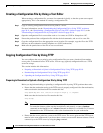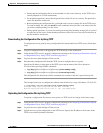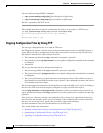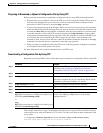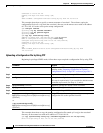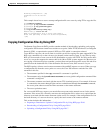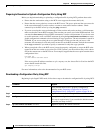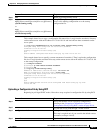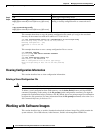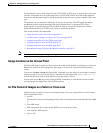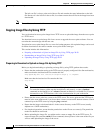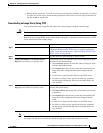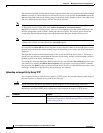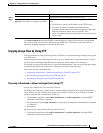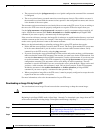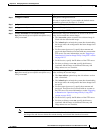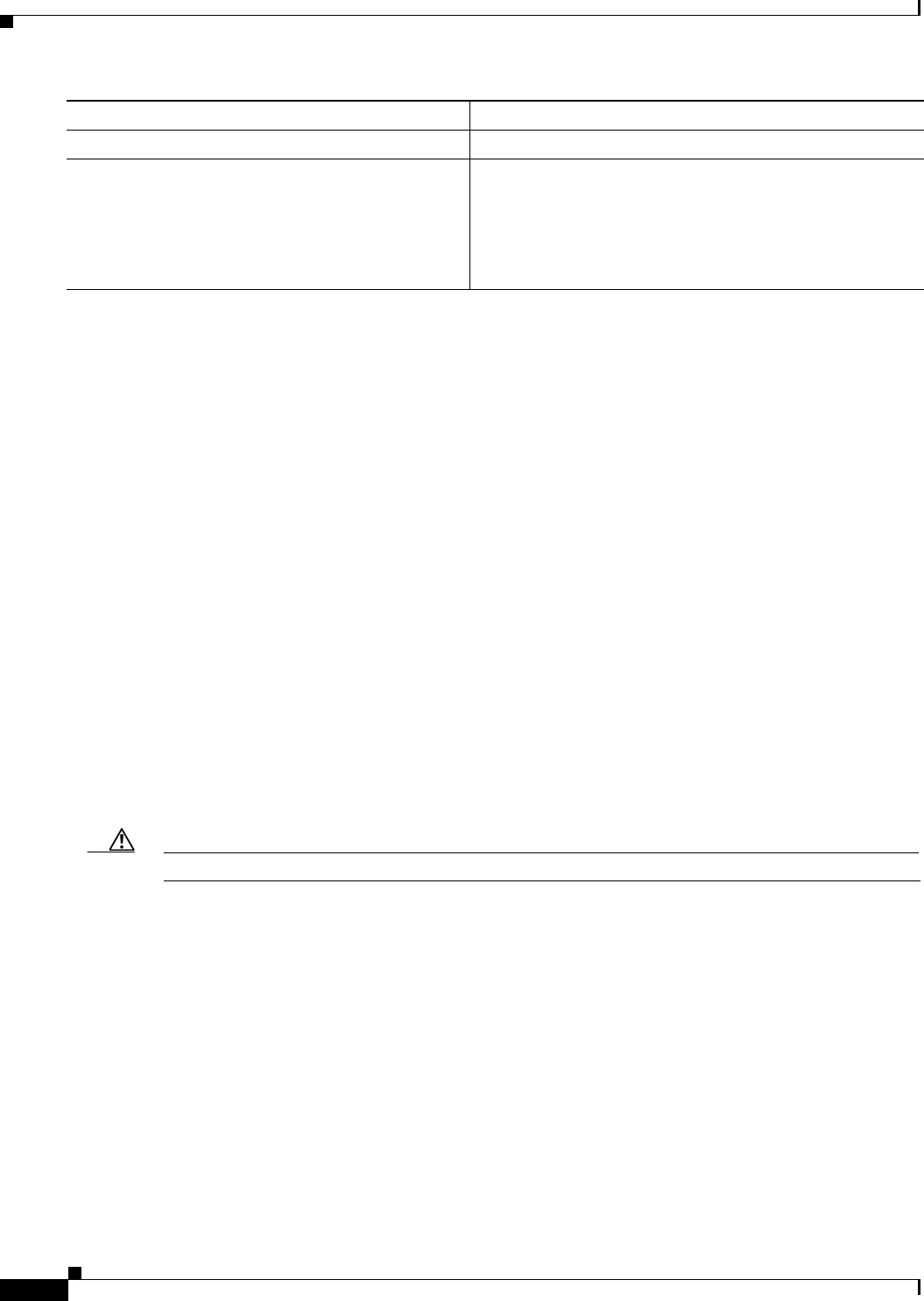
20-18
Cisco IOS Software Configuration Guide for Cisco Aironet Access Points
OL-11350-01
Chapter 20 Managing Firmware and Configurations
Working with Software Images
This example shows how to copy the running configuration file named ap2-confg to the netadmin1
directory on the remote host with an IP address of 172.16.101.101:
ap# copy system:running-config rcp://netadmin1@172.16.101.101/ap2-confg
Write file ap-confg on host 172.16.101.101?[confirm]
Building configuration...[OK]
Connected to 172.16.101.101
ap#
This example shows how to store a startup configuration file on a server:
ap# configure terminal
ap(config)# ip rcmd remote-username netadmin2
ap(config)# end
ap# copy nvram:startup-config rcp:
Remote host[]? 172.16.101.101
Name of configuration file to write [ap2-confg]?
Write file ap2-confg on host 172.16.101.101?[confirm]
![OK]
Clearing Configuration Information
This section describes how to clear configuration information.
Deleting a Stored Configuration File
Caution You cannot restore a file after it has been deleted.
To delete a saved configuration from Flash memory, use the delete flash:filename privileged EXEC
command. Depending on the setting of the file prompt global configuration command, you might be
prompted for confirmation before you delete a file. By default, the access point prompts for confirmation
on destructive file operations. For more information about the file prompt command, refer to the Cisco
IOS Command Reference for Release 12.1.
Working with Software Images
This section describes how to archive (download and upload) software image files, which contain the
system software, Cisco IOS software, radio firmware, and the web management HTML files.
Step 5
end Return to privileged EXEC mode.
Step 6
copy system:running-config
rcp:[[[//[username@]location]/directory]/filename]
or
copy nvram:startup-config
rcp:[[[//[username@]location]/directory]/filename]
Using RCP, copy the configuration file from an access point
running or startup configuration file to a network server.
Command Purpose



